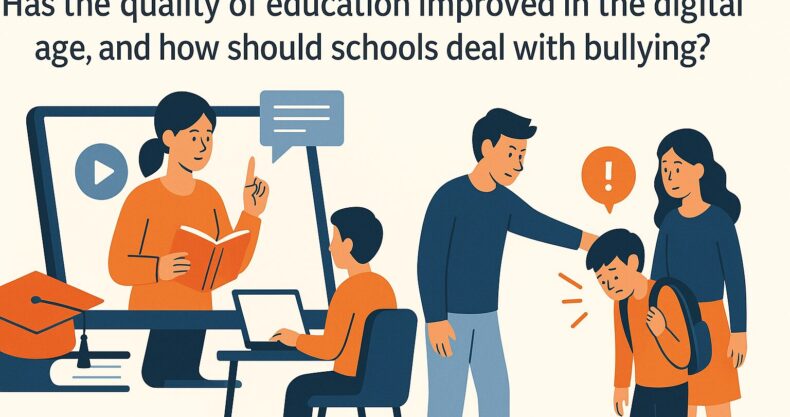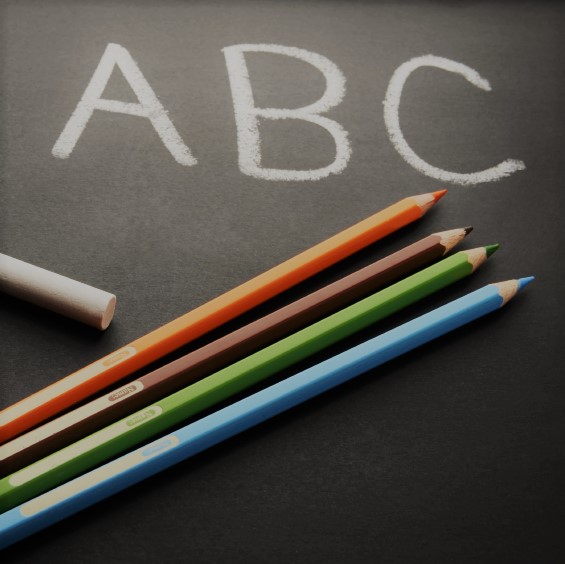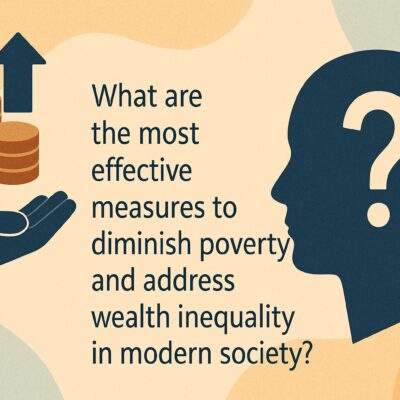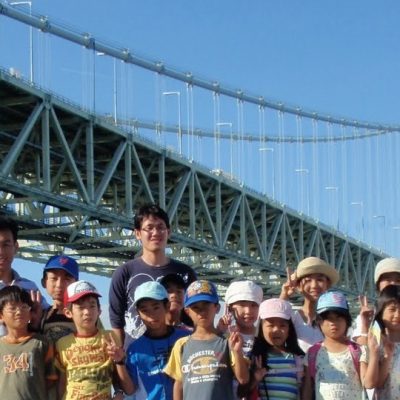トピック: Has the quality of education improved in the digital age, and how should schools deal with bullying?
1. 英語のみバージョン (English Only Version)
1.1. 向上した (Improved – Affirmative View)
Introduction & Opinion
The topic asks if the quality of education has improved in the digital age and how to deal with bullying. I believe that the quality of education has improved significantly due to digital tools, and schools must use a proactive approach to bullying.
Reason 1: Personalized Learning
First, digital tools allow for personalized learning. Students can learn at their own speed and focus on areas where they need more help. For example, educational apps and online videos make it possible for a student to review a difficult lesson many times. This flexibility and individual attention were not possible with traditional teaching methods.
Reason 2: Dealing with Bullying
Second, schools should deal with bullying by using a three-step proactive approach: prevention, detection, and intervention. Prevention means teaching students about respect and empathy. Detection involves using surveys and having open communication channels. Intervention means taking immediate and firm action against bullies and providing support for the victims.
Conclusion
In conclusion, the digital age has brought better, more flexible education. To ensure a safe learning environment, schools must adopt a proactive and comprehensive strategy to combat bullying.
1.2. 向上していない (Not Improved – Negative View)
Introduction & Opinion
The topic asks if the quality of education has improved in the digital age and how to deal with bullying. I believe that the quality of education has not improved, and schools need a community-wide effort to address bullying.
Reason 1: Lack of Focus and Inequality
First, digital devices often lead to a lack of focus in the classroom due to distractions like social media. Also, the quality of education has not improved for everyone because of digital inequality. Students from poor families may not have good internet access or devices at home, which widens the gap between students.
Reason 2: Dealing with Bullying
Second, schools should deal with bullying by making it a community-wide effort. It is not just a school problem. Parents, local police, and community leaders must work together. Schools should hold regular workshops for parents on cyberbullying and encourage local organizations to provide safe spaces for students after school. This shared responsibility is key.
Conclusion
In conclusion, the digital age has created new challenges, leading to uneven and sometimes lower quality education. To deal with bullying, schools must move beyond their gates and seek a community-based solution.
2. 注釈付きバージョン (Annotated Version)
2.1. 向上した (Improved – Affirmative View)
導入と意見 (Introduction & Opinion)
The topic asks if the quality of education (教育の質) has improved (向上した) in the digital age (デジタル時代) and how to deal with (対処する) bullying (いじめ). I believe that the quality of education has improved significantly (著しく) due to digital tools, and schools must use a proactive approach (先を見越したアプローチ) to bullying.
理由1: 学習の個別化 (Personalized Learning)
First, digital tools allow for personalized learning (個別化された学習). Students can learn at their own speed and focus on areas where they need more help. For example, educational apps and online videos make it possible for a student to review a difficult lesson many times. This flexibility (柔軟性) and individual attention were not possible with traditional teaching methods (従来の教授法).
理由2: いじめへの対処法 (Dealing with Bullying)
Second, schools should deal with bullying by using a three-step proactive approach: prevention (予防), detection (発見), and intervention (介入). Prevention means teaching students about respect and empathy (共感). Detection involves using surveys and having open communication channels. Intervention means taking immediate and firm action against bullies and providing support for the victims.
結論 (Conclusion)
In conclusion, the digital age has brought better, more flexible education. To ensure a safe learning environment, schools must adopt a proactive and comprehensive strategy (包括的な戦略) to combat bullying.
2.2. 向上していない (Not Improved – Negative View)
導入と意見 (Introduction & Opinion)
The topic asks if the quality of education has improved in the digital age and how to deal with bullying. I believe that the quality of education has not improved, and schools need a community-wide effort (コミュニティ全体での取り組み) to address bullying.
理由1: 集中力の低下と格差 (Lack of Focus and Inequality)
First, digital devices often lead to a lack of focus (集中力の欠如) in the classroom due to distractions (気を散らすもの) like social media. Also, the quality of education has not improved for everyone because of digital inequality (デジタル格差). Students from poor families may not have good internet access or devices at home, which widens the gap (格差を広げる) between students.
理由2: いじめへの対処法 (Dealing with Bullying)
Second, schools should deal with bullying by making it a community-wide effort. It is not just a school problem. Parents, local police, and community leaders must work together. Schools should hold regular workshops for parents on cyberbullying and encourage local organizations to provide safe spaces for students after school. This shared responsibility (共有された責任) is key.
結論 (Conclusion)
In conclusion, the digital age has created new challenges, leading to uneven (不均一な) and sometimes lower quality education. To deal with bullying, schools must move beyond their gates and seek a community-based solution.
注釈リスト (Annotations List)
| 英語 (English) | 日本語訳 (Japanese Translation) |
| quality of education | 教育の質 |
| improved | 向上した |
| digital age | デジタル時代 |
| deal with | 対処する |
| bullying | いじめ |
| significantly | 著しく |
| proactive approach | 先を見越したアプローチ |
| personalized learning | 個別化された学習 |
| flexibility | 柔軟性 |
| traditional teaching methods | 従来の教授法 |
| prevention | 予防 |
| detection | 発見 |
| intervention | 介入 |
| empathy | 共感 |
| comprehensive strategy | 包括的な戦略 |
| lack of focus | 集中力の欠如 |
| distractions | 気を散らすもの |
| digital inequality | デジタル格差 |
| widens the gap | 格差を広げる |
| community-wide effort | コミュニティ全体での取り組み |
| shared responsibility | 共有された責任 |
| uneven | 不均一な |


















